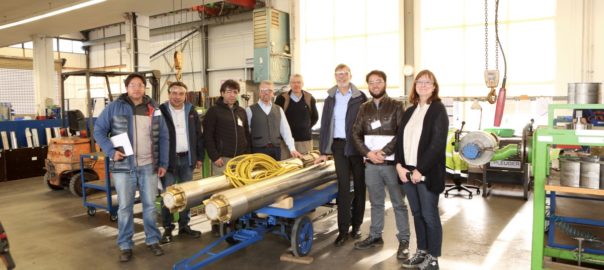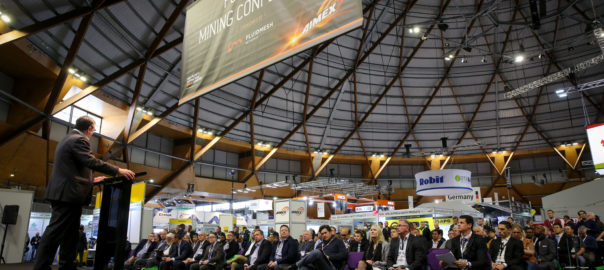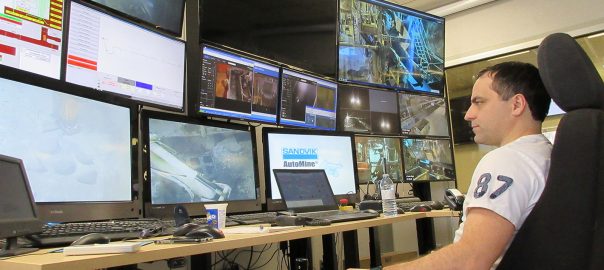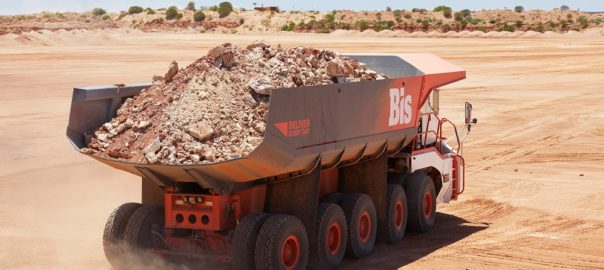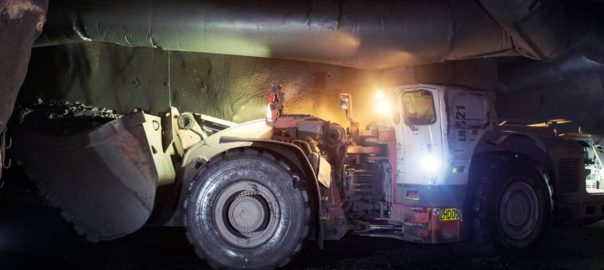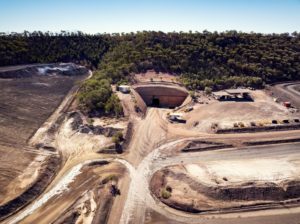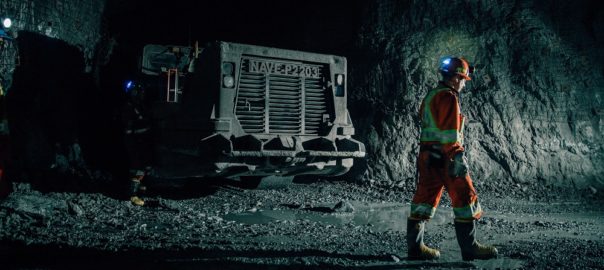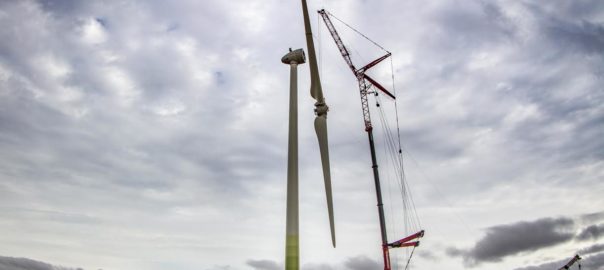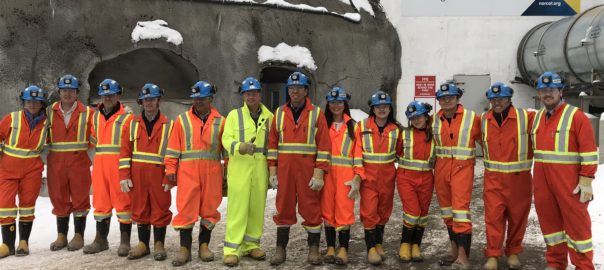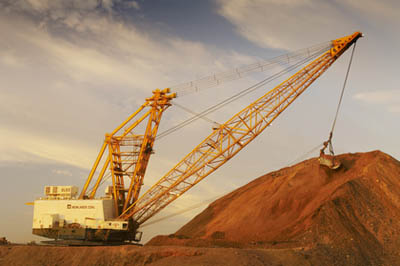As part of a new agreement with Umicore, Glencore has agreed to supply cobalt hydroxide from its KCC and Mutanda operations in the Democratic Republic of Congo to Umicore’s battery materials value chain.
Umicore has assessed each of these operations as fully compliant with its sustainable procurement framework for cobalt, which excludes artisanally-mined cobalt from its supply chain, as well as any form of child labour, the companies said.
The cobalt units will be shipped to Umicore’s cobalt refineries globally, including the Kokkola refinery (Finland), which Umicore said last week it would acquire from Freeport Cobalt for a total consideration of $150 million. The Kokkola transaction is expected to be finalised by the end of the year.
Glencore produced 42,200 t of cobalt in 2018, the majority of which came from its 65%-owned KCC operation and Mutanda.
“The agreement guarantees Umicore’s security of supply for a substantial part of its longer-term cobalt needs for its expanding global battery materials value chain,” the companies said. “The agreement also provides Glencore long-term market access for its cobalt raw materials in line with Umicore’s growing cathode materials sales.”
Marc Grynberg, CEO of Umicore, said: “Our partnership with Glencore and the acquisition of the Kokkola refinery which has just been announced demonstrate our ability to execute our growth strategy for cathode materials with consistency. The agreement also reconfirms our strong commitment to promote a sustainable battery materials value chain globally.
“I am convinced that our battery cell and automotive customers will value our commitment to support their growth.”
Nico Paraskevas, Head of Marketing, Copper & Cobalt, Glencore, said: “We are pleased to enter into this long-term partnership with Umicore in the fast growing electric vehicle market which further endorses Glencore’s important role in supplying the materials that enable the energy and mobility transition.”







